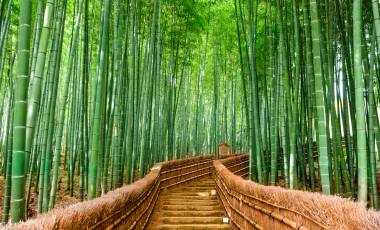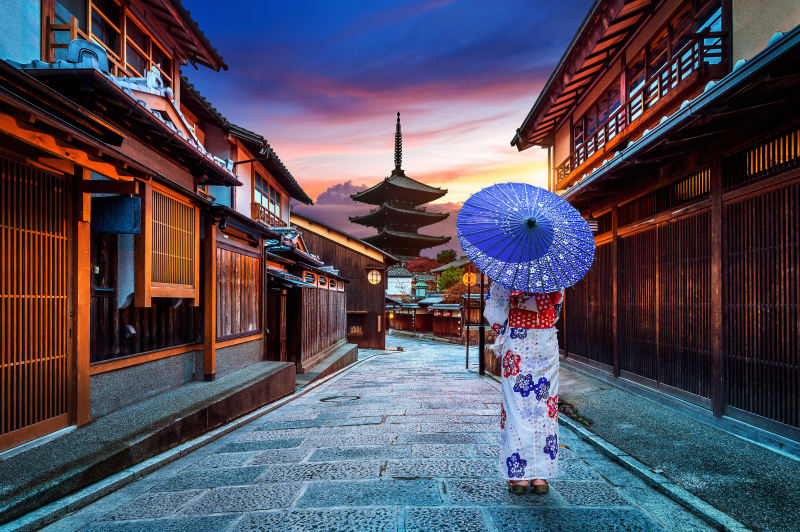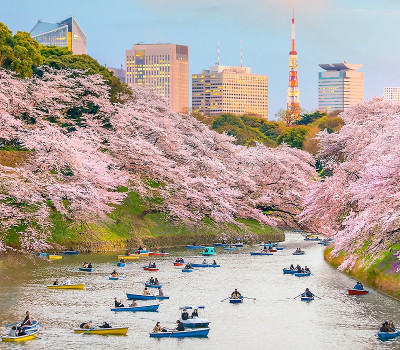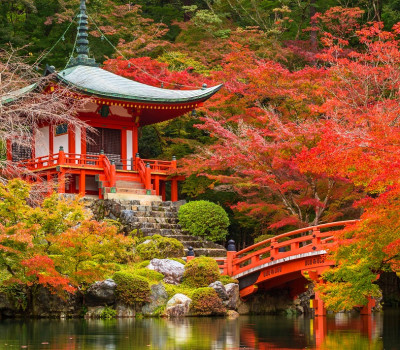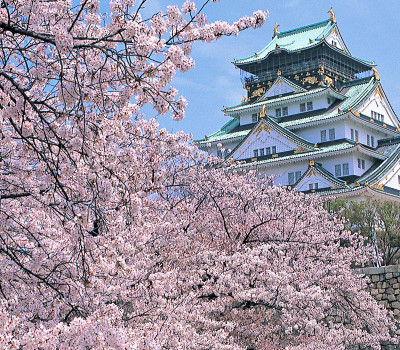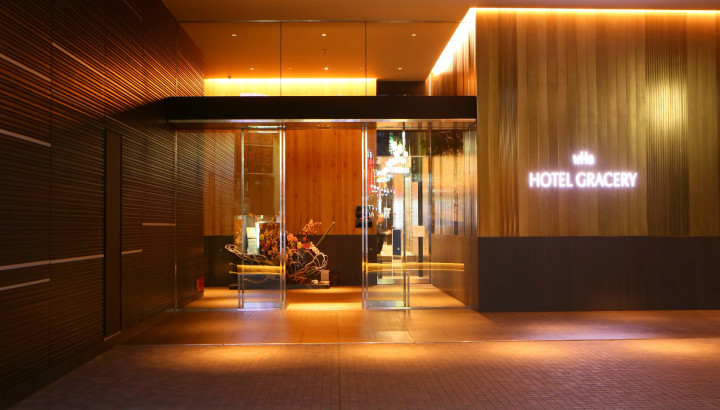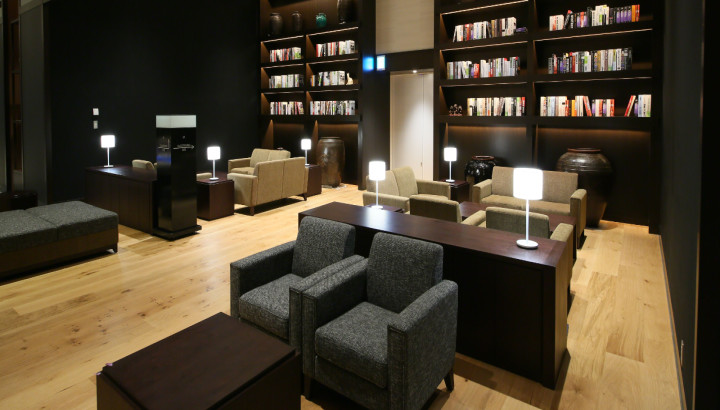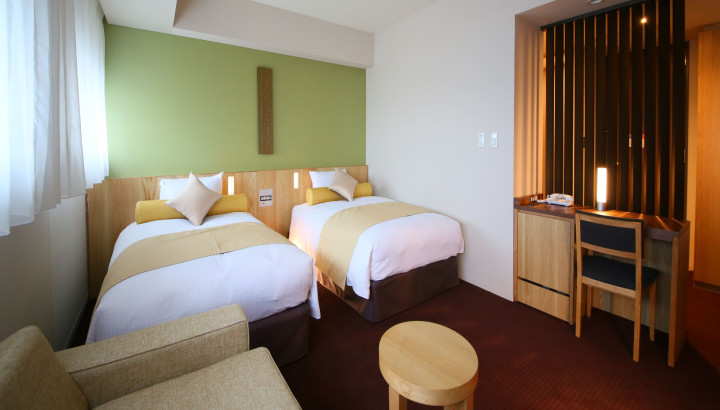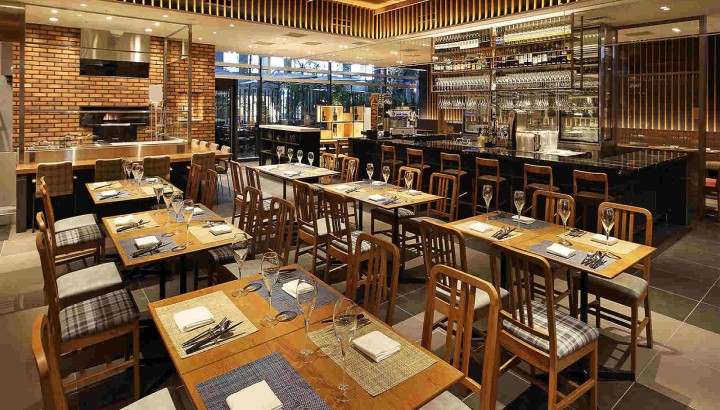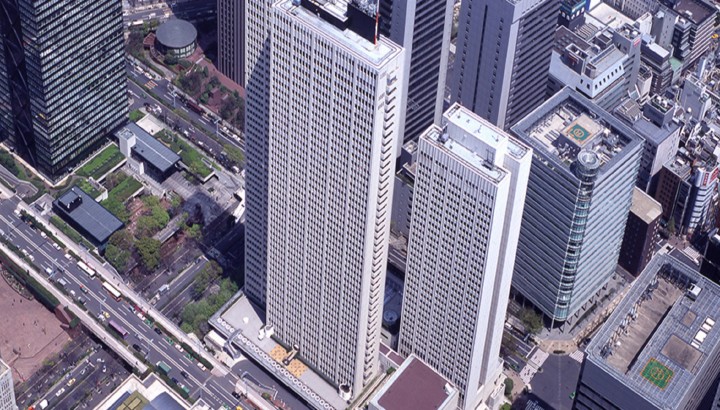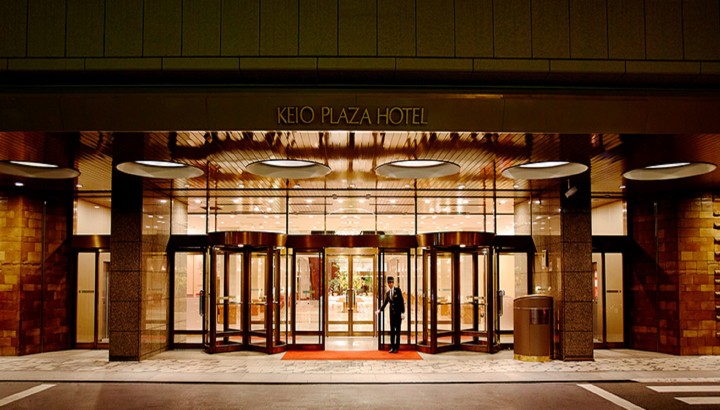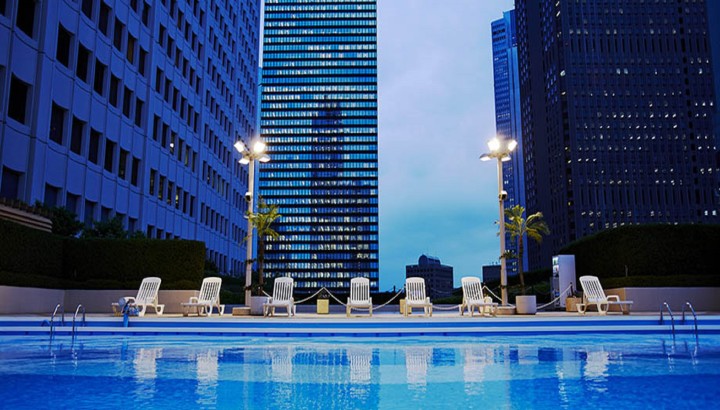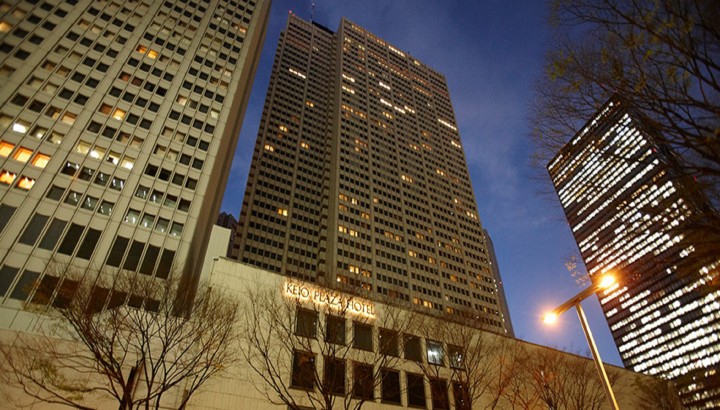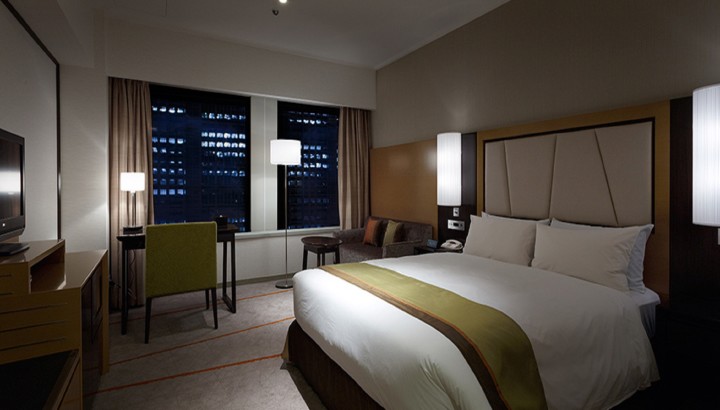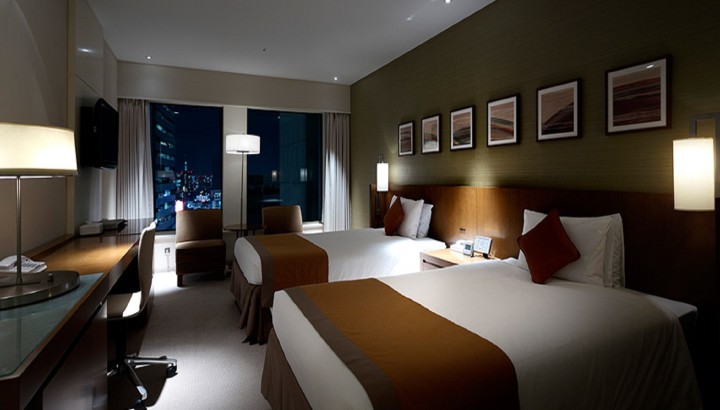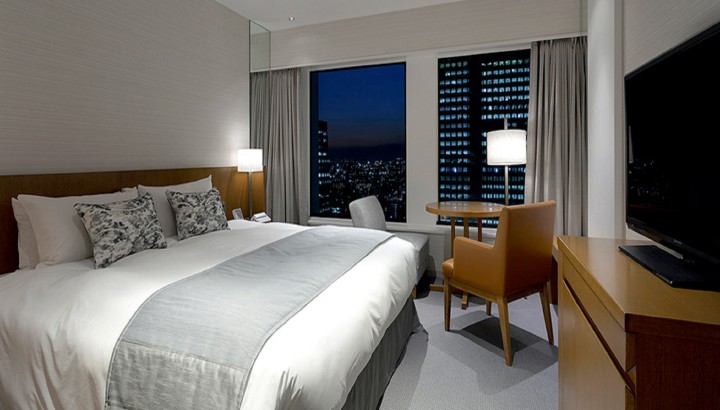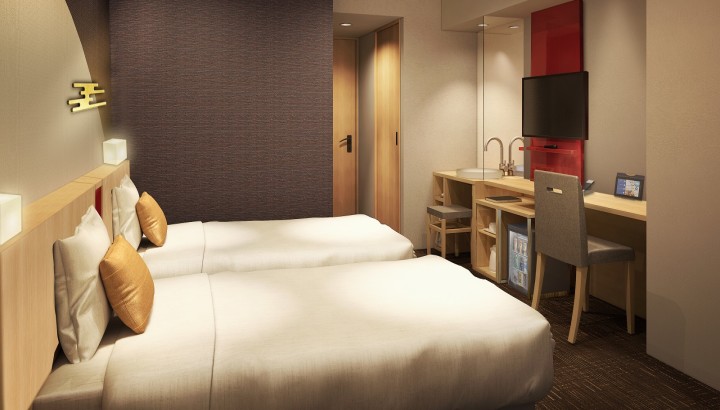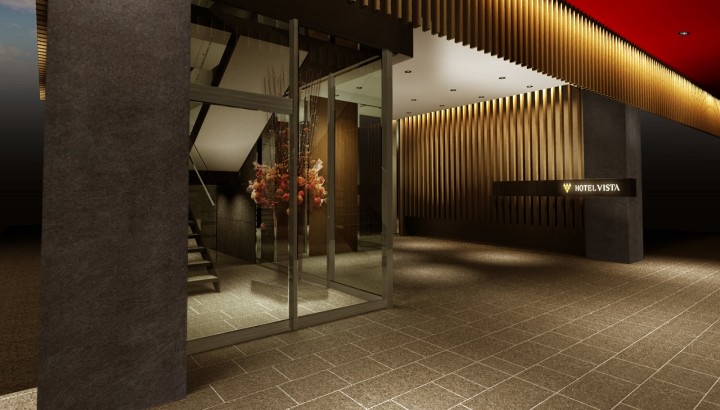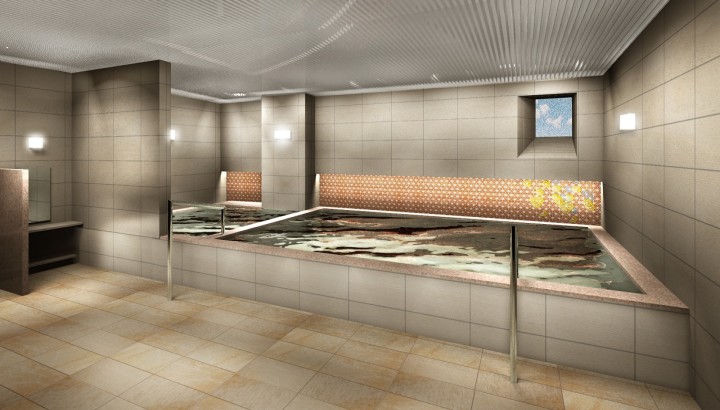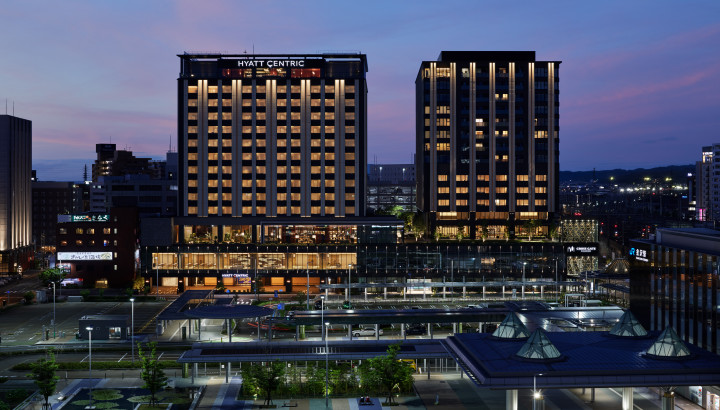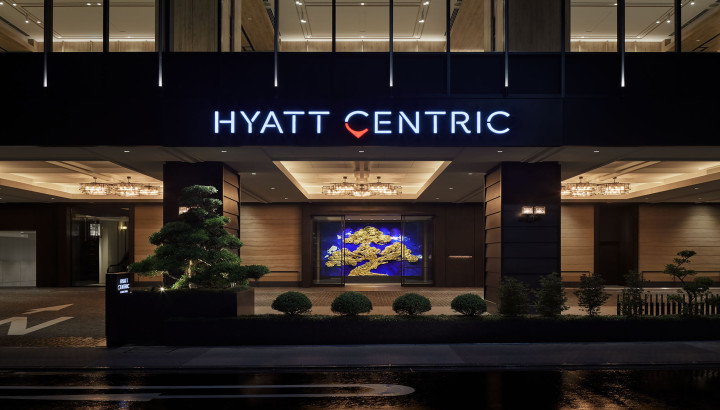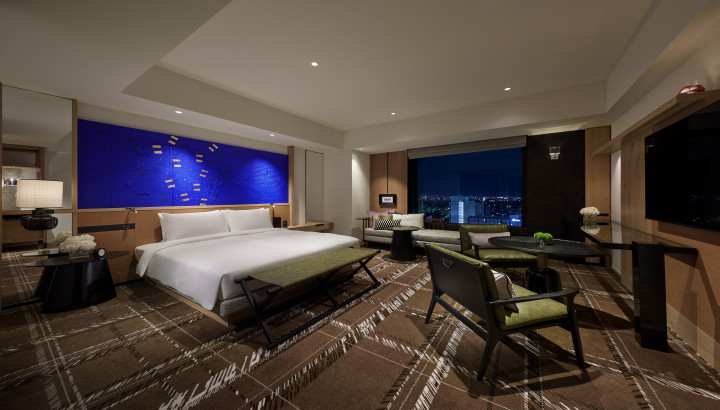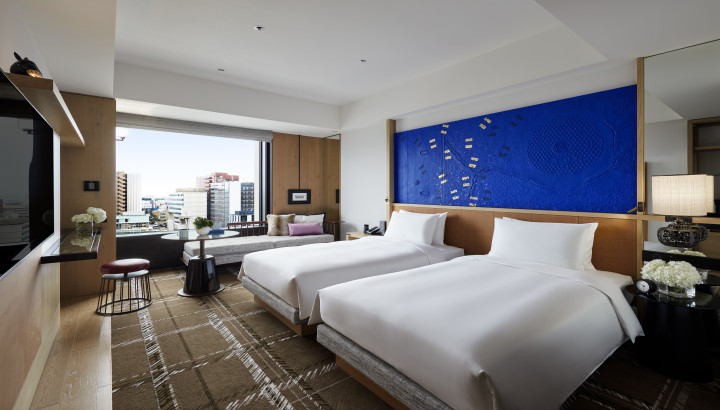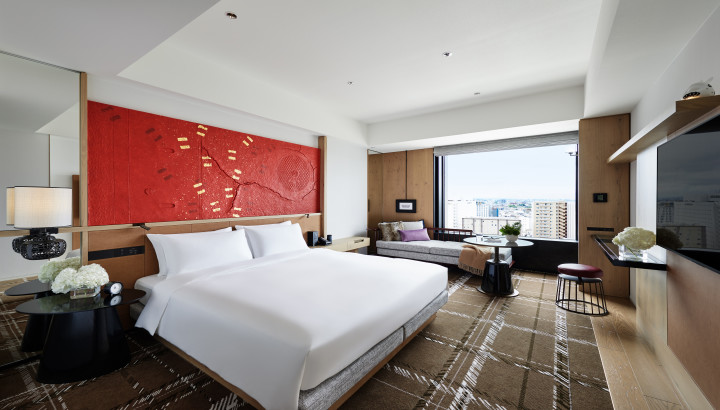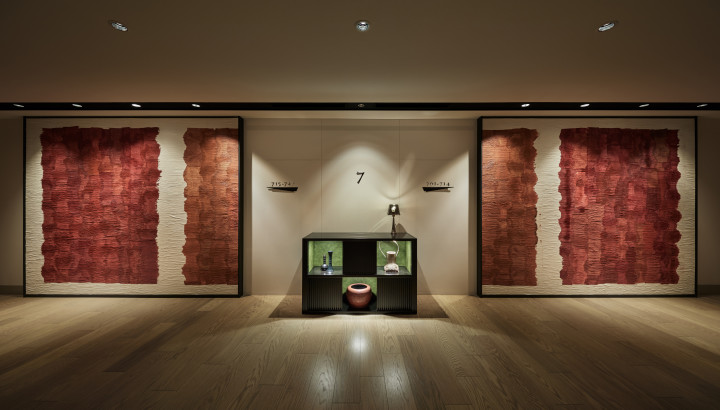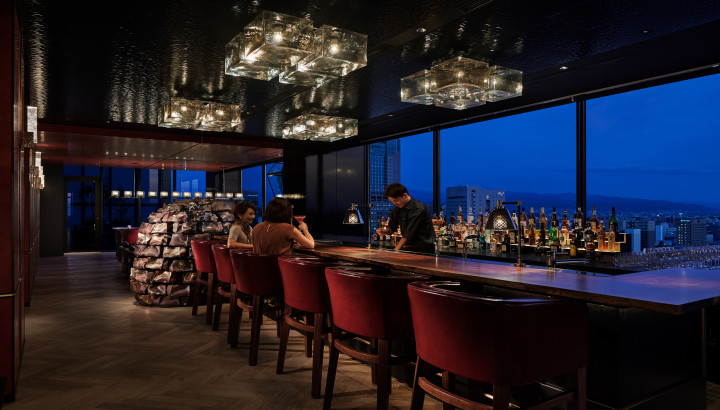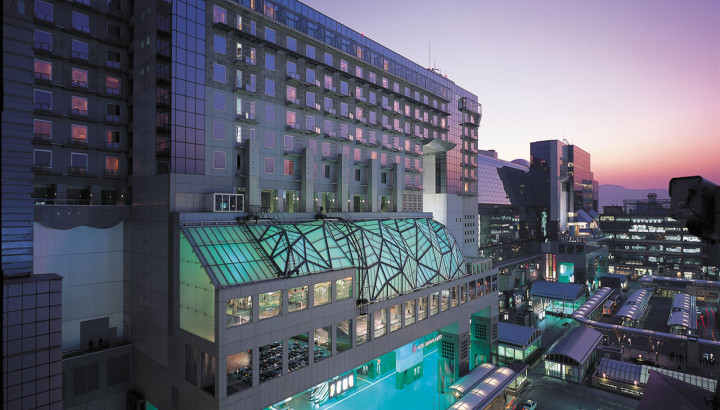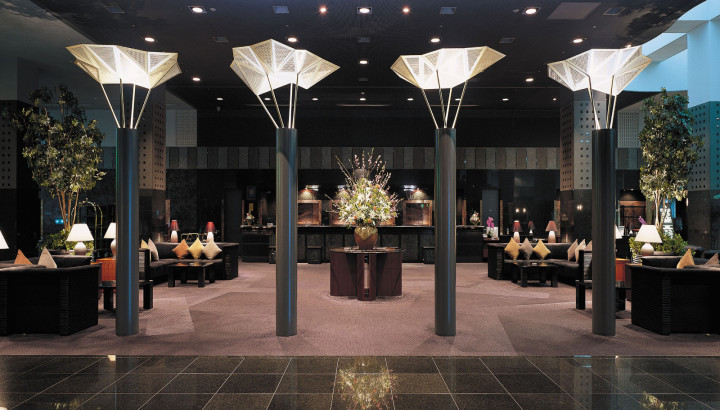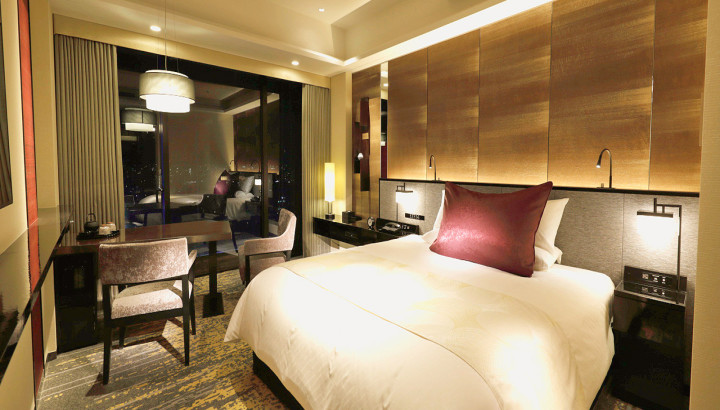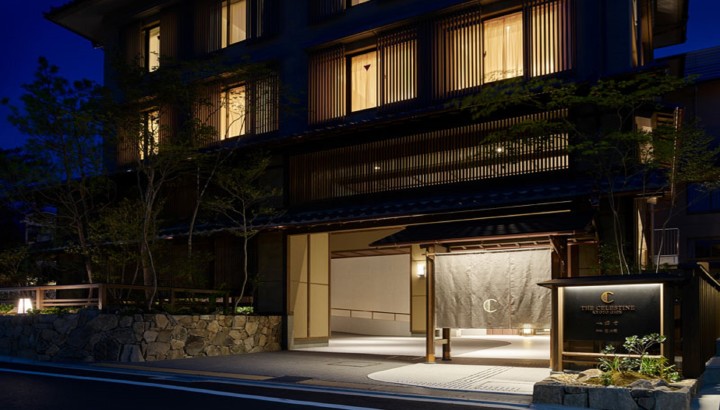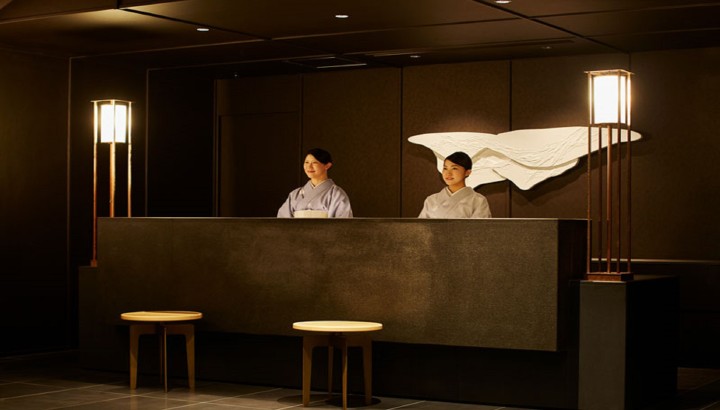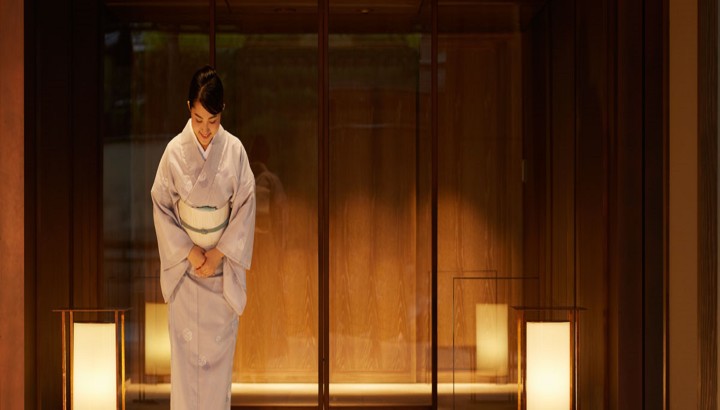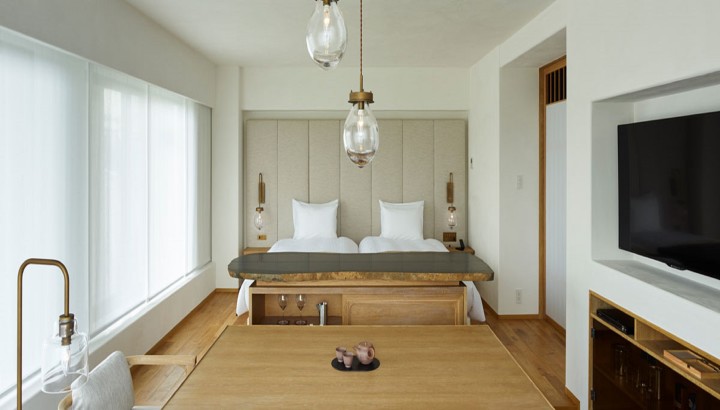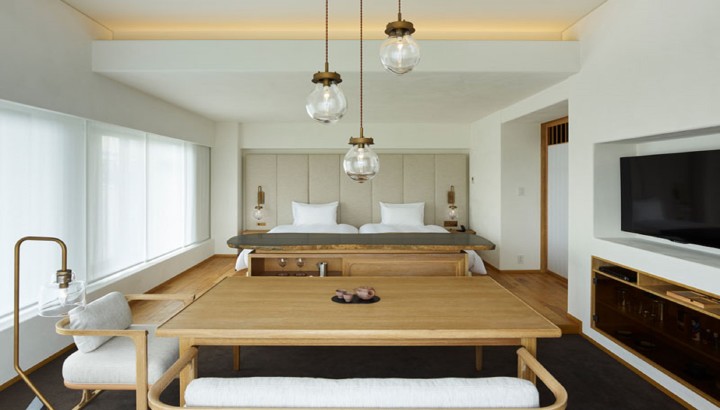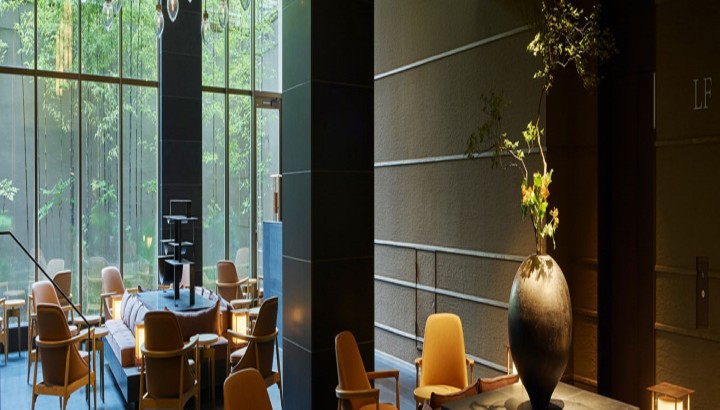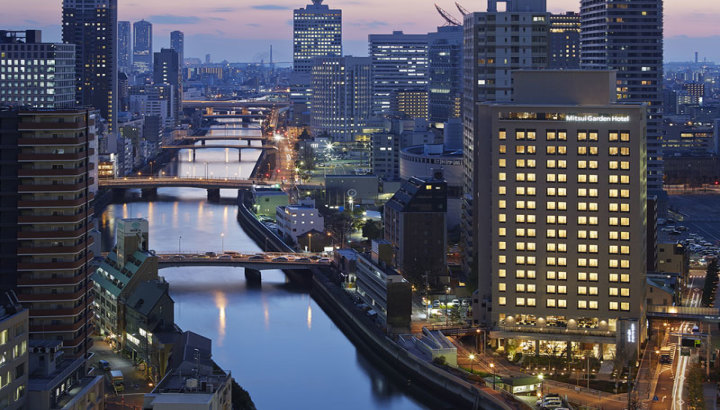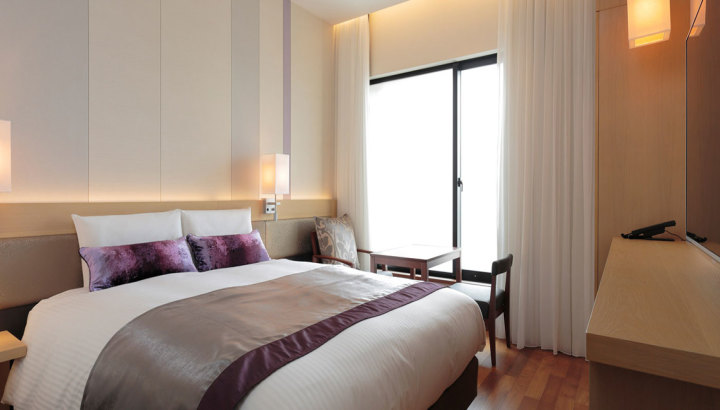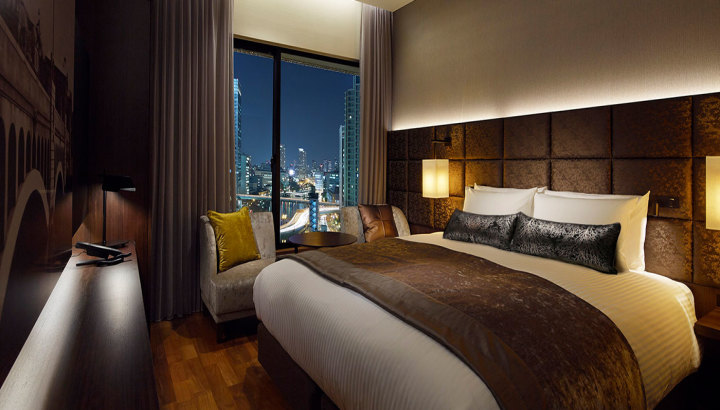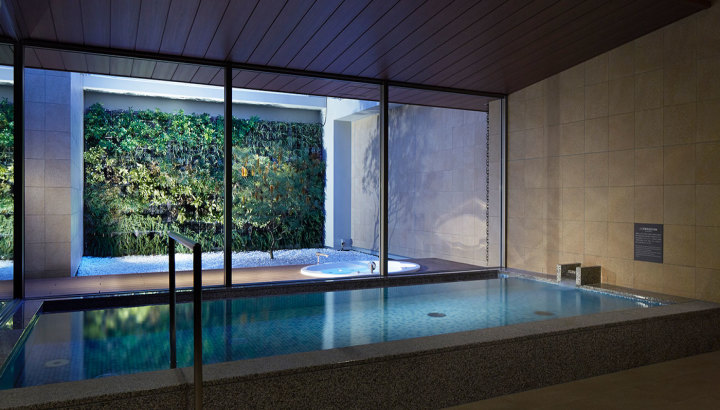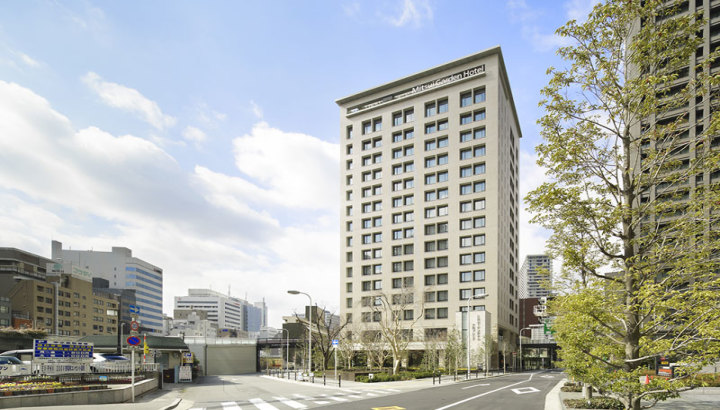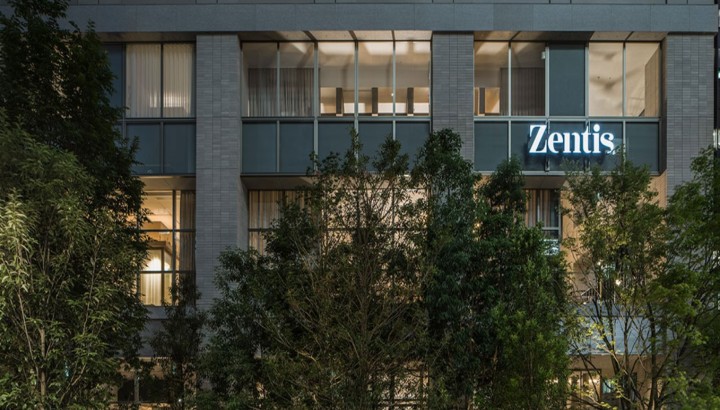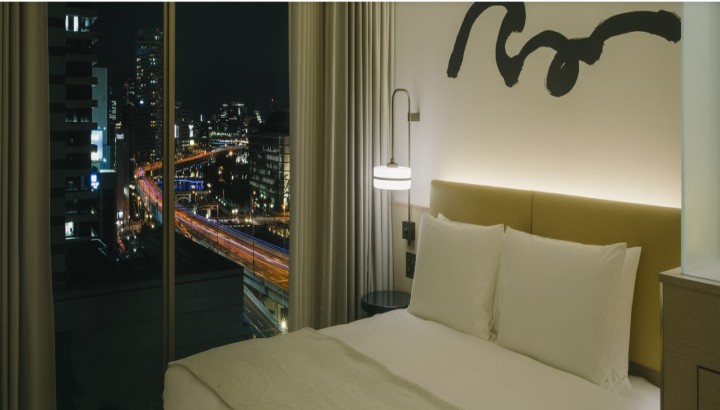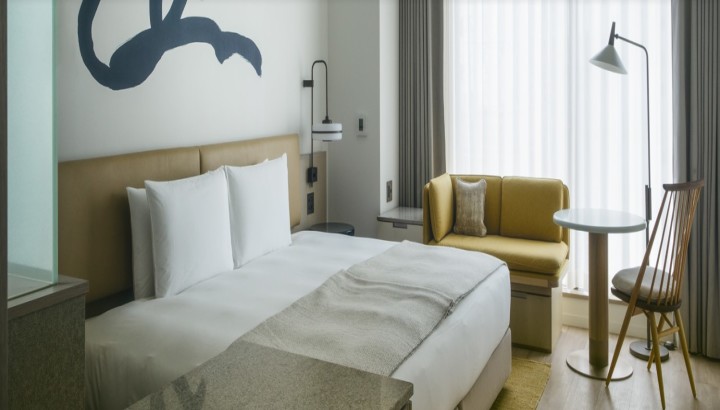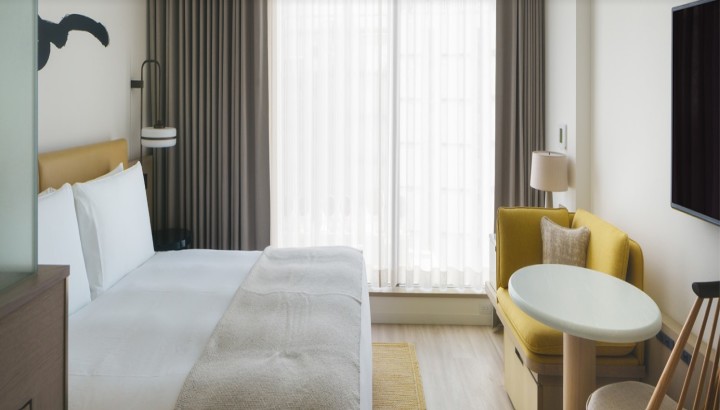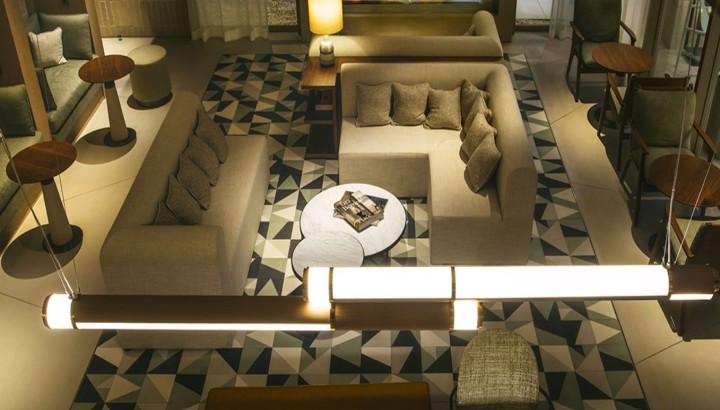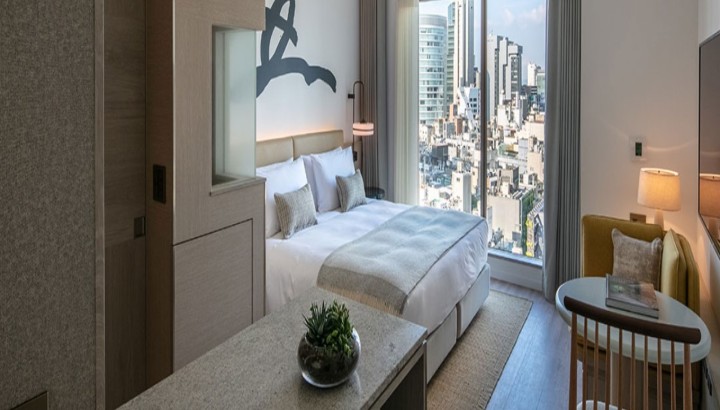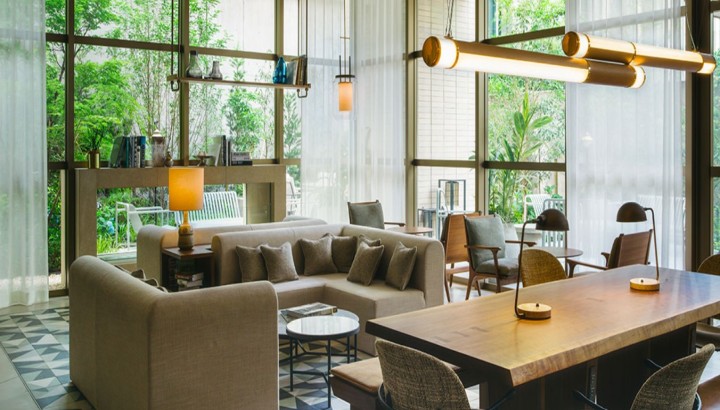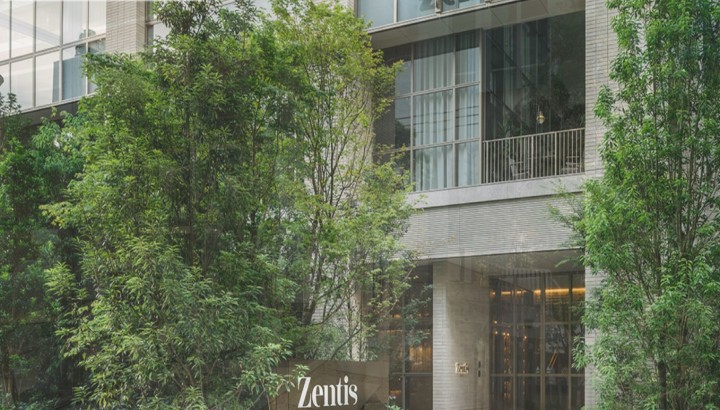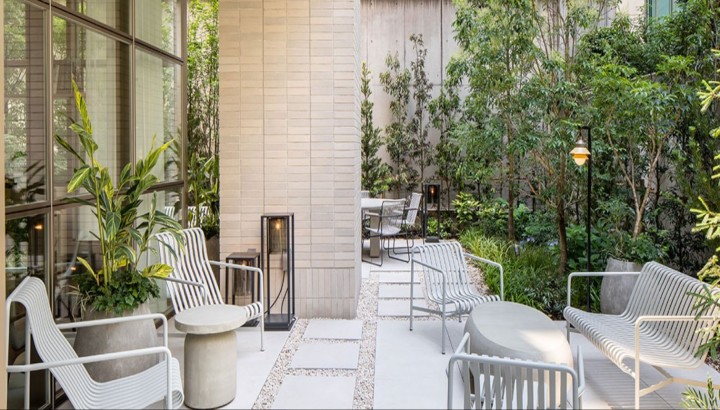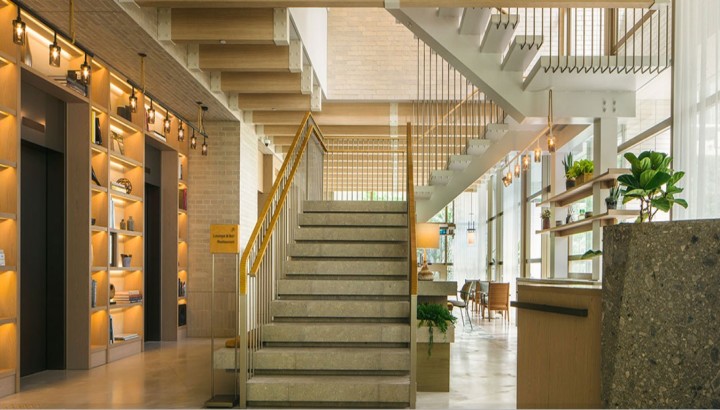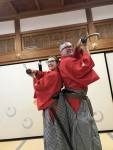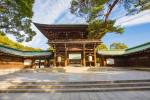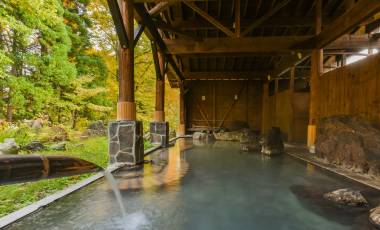4 Nights
Kyoto
Kyoto is arguably the cultural capital of Japan. It was the seat of power and home of the Japanese Emperor from the 6th to the 17th century and was largely spared from destruction during World War II. As a result, the city’s rich heritage remains mostly intact. To walk through Kyoto today is to walk through Japan’s past. It contains 2,000 religious places, including some of the most famous temples in the country. Kiyomizu-dera is a wooden temple set on a mountainside that offers fantastic views, while Ryōan-ji is renowned for its zen rock garden. Add in numerous palaces and gardens and Kyoto is home to an astonishing number of Japan’s National Treasures and Important Cultural Properties. Seventeen of these are also UNESCO World Heritage sites, including the Kyoto Imperial Palace and the Kyoto Tower. The latter is the tallest building in the city and a rare modern landmark. To fuel your cultural exploration, you can sample Kyoto’s distinctive culinary traditions such as kaiseki, traditional Japanese multi-course haute cuisine.
Included activities
Market Visit, Sake Tasting, and Cooking Class in Kyoto
Explore the rich culinary heritage of Kyoto with a market visit, sake tasting and a cooking lesson. Stroll through the vibrant, 400-year old Nishiki market with over 100 stalls selling food, ingredients, and kitchenware. Help your guide in choosing the ingredients needed for your cooking class. Walk along the quaint back lanes of Kyoto to a Machiya – a traditional townhouse – and taste Japanese rice wine or sake. Continue on foot to another traditional wooden townhouse to try your hand in cooking rolled sushi. After the lesson and the cook, enjoy a meal of sushi, miso soup, cooked salad, and seasonal fruits before you call it a day.
(Duration: 4 hrs; Time: 1400 hrs; Private Activity; Dinner (food cooked during the lesson) included; Group size: Max 7 guests; Private lesson; Self-organized transfers. Please inform if you have any dietary restrictions).
Highlights of Kyoto – Golden Temple, Bamboo Forest and Markets
Revel in the traditional sights, smells and sounds of feudal Japan’s best preserved city, in the company of your local guide. Visit the many UNESCO World Heritage sites dotting Kyoto, beginning with the Kinkakuji Temple, originally built for the Shogun. At his request, the Shogun’s villa was converted into a Buddhist Temple after his death. Discover the magnificent 15th century Nijo Castle with its splendidly preserved medieval gardens from Japan’s Edo period. Admire the many details and typical architectural features of the old monument, before walking down to the bustling Nishiki Market. Eat your heart out at this food street payable on spot, also known as ‘Kyoto’s Kitchen’, lined with innumerable restaurants and traditional eating houses! Try out typical local delicacies such as pickles, dried fish and sushi. Also visit the beautiful Arashiyama bamboo grove.
(Private activity & Public transport; Time: 0900 hrs; Duration: 9 hrs; Pick up: Hotel & Drop off: Hotel. Please wear comfortable walking shoes; Fitness level- Moderate; Food tasting to be paid by the guests on spot).
What to do in Nara on your own
Here are our recommendations on what to do in Nara on your own: Take in the sights and sounds of Japan’s first permanent capital at your own pace. You could begin the day with a leisurely stroll around the historic Nara Park that is home to iconic landmarks. Visit Todaiji Temple, which houses the country’s largest bronze statues of the Buddha. Walk around Daibutsuden Hall and see the numerous smaller Buddha idols. Stop at the museum on the premises and browse the collection of religious art. Nearby is the Kasuga Taisha shrine, distinguished by its sloping roof and famed for the hundreds of bronze and stone lanterns donated by worshippers. Later, check out Kofukuji Temple, with its five-storied pagoda, and the exquisite collection of Buddhist art at the National Treasure Museum. Then, make your way to the Nara National Museum to see more displays of Buddhist scrolls, paintings and ceremonial objects. The sprawling Nara Park is also home to over 1,000 free-roaming deer that are considered sacred. You could make time to feed them special crackers that are available for sale around the park. The city’s erstwhile merchant district of Naramachi and the Yoshikien Garden, with its three uniquely themed Japanese gardens, are also worth visiting.
(Duration: Half day or Full day; This is an unguided, independent activity; Transfers, entrance fees, and meals are not included; Fitness level: easy; Choose from our recommendations what best suits your interests and pace; Please note that you may not be able to do all recommended activities)
Group Maiko Theatre show
Immerse yourself in the different traditional performing arts of Japan. In the evening, make your way to the theater in Gion Kobu, the largest of the five traditional ‘Kagai’ or entertainment districts of Kyoto. During the next hour, watch various demonstrations including chanoyu, the art of preparing tea, and the ikebana style of flower arrangement. Enjoy koto music, played on a stringed zither, the national musical instrument of Japan. You can see a performance of an ancient bugaku dance that was a favorite at the imperial court. You can also catch a kyogen comedy show where the performers will likely enact a Noh play or a scene from bunraku puppet theater. Later, enjoy the Kyomai dance, representative of the region. This dance is performed by maiko, or apprentices studying to become geiko. Also known as geisha, the geiko are traditional performing artists skilled in entertaining guests with their dances, songs and music. Afterward, return to your hotel with lasting memories.
(Duration: 1 hr; Time: 1800/1900 hrs; Shared activity; No transfers; Starting point: Gion Kobu Theatre, Gion Corner)
What to do in Mount Koya on your own
Here are our recommendations on what to do in Koyasan: Experience Japanese religious life in Koyasan, a remote mountain town. Arrive in the town of Koya and head to Gokurakubashi Station, for a short cable car ride to Koyasan Station. Koyasan is the headquarters of Shingon Buddhism, founded by Kobo Daishi in AD 806. Proceed to the 82-foot Daimon Gate, which marks the entrance to Mount Koya. It is flanked by two Vadrajhara statues designed by Buddhist sculptors during the Edo Period. Visit the centuries-old Danjo-garan Buddhist Temple complex, with its halls and shrines, including the iconic Great Pagoda. Ahead is Kongobuji Temple, principal monastery of the Shingon Sect. Stroll across the Ohiroma, Plum and Willow rooms, which are used for important religious ceremonies. Pass the Jodannoma Audience Room and the kitchen with its enormous hearth and Komodo stoves. Step into the Banryu Tei Rock Garden, Japan’s largest rock garden, before heading to Okunoin Temple. It is the location of Kobo Daishi’s Mausoleum, the site of his eternal meditation. Amble across the cobblestone trail, lined with more than 200,000 gravestones and memorials.
(Duration: Half day or Full day; This is an independent, unguided activity; Transfers, entrance fees & meals are not included; Fitness level: easy; Choose from our recommendations what suits your interests & pace. Please note that you may not be able to do all our recommended activities)
